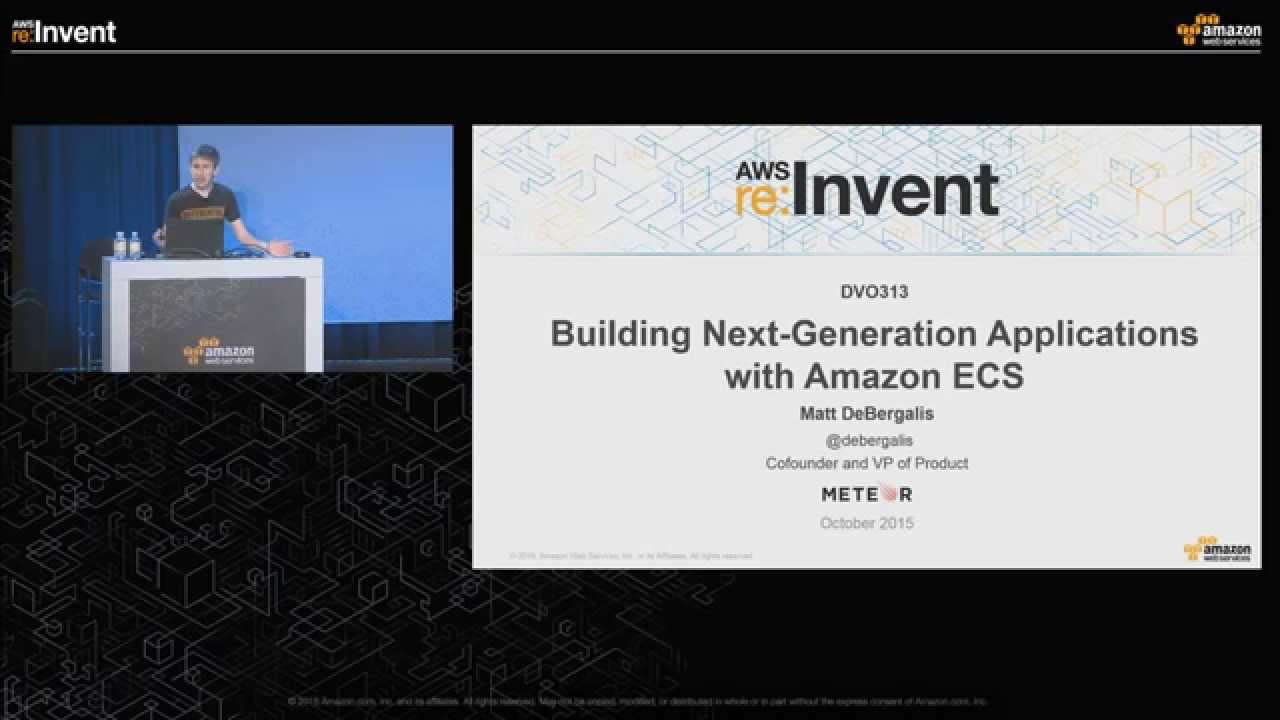About these last messages in general:
First, I believe many messages here are off-topic as they are focusing on cost and the thread here was focusing on performance. The performance discussion is great and we, Meteor Software, want these types of discussions as they open doors for feedback, new ideas and improvements. That is excellent for us. We are very transparent and open to discuss improvements and problems (see my previous reply as an example).
Now talking about the off-topic (costs) because I don’t like to “hide” from these types of discussions:
At Meteor Cloud we are not selling a hosting service. At Meteor Cloud we are selling hosting + time saving (no DevOps) + APM + Auto scaling + Security layers + Proxy layers + Rollback features + Alerts + Notifications + Custom app protection layer + Automatic Security updates + Expert support (from people with experience scaling Meteor apps to huge volumes) + all the other things listed here.
So every time that you compare Meteor Cloud full-featured solution with Digital Ocean Droplets or AWS EC2 or any other Hosting provider you are just comparing two different things and of course they are going to have a different cost.
It’s that simple: they have different costs because they are different things.
It’s also weird to see someone saying: “Galaxy is a bad deal”. Meteor Cloud is growing since the acquisition by Tiny and even comparing with previous years before Tiny acquisition we are in our best moment on every important metric. So clearly Galaxy (or Meteor Cloud) is a great deal for thousands of companies and Meteor apps.
Is Meteor Cloud the best option for everybody? No, I don’t believe any production or solution is the BEST option to EVERYBODY. But I can ensure you all that Galaxy is great for many and many companies building great businesses with Meteor.
I’m talking with different Meteor Cloud customers at least twice a week. So I know what I’m talking here. Trust me.
And the best part, we are always working to provide better services and we hear our clients a lot. We know what they think about us and why they are running with us.
Soon we are going to add one more feature that will reduce even more the work to deploy Meteor apps. Our goal is to improve every day the experience of people running businesses with Meteor. This is our focus.
So if you want to run your app in production with confidence, deploy to Galaxy, ask all your questions to our support and I’m sure you are not going to regret.


